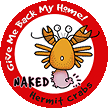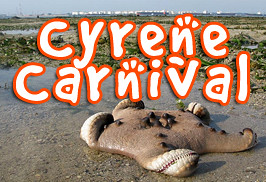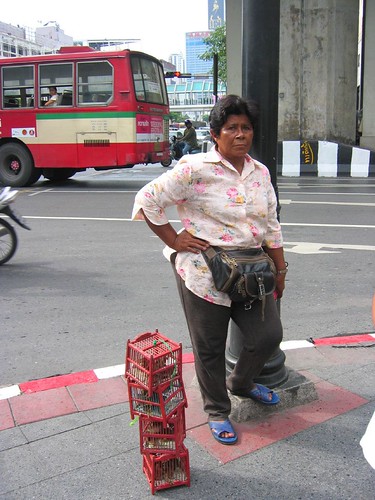
Birds caught for mercy release outside a temple in Bangkok. Many of the released birds are then caught again for the next round of release. Photo taken in 2006.
After the last workshop on Wiping out the trade in Wildlife with Louis of ACRES, we now continue on the flip side of the coin by examining the issue of releasing invasive and exotic animals into our ecosystems. We are most grateful to have Ms Karen Teo from NParks to join us at our upcoming workshop to talk about the subject. 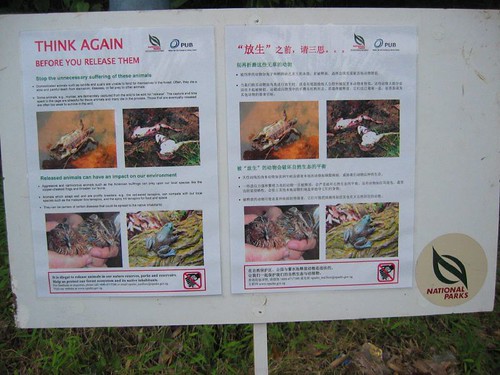
Many of the animals released into the wild also do not survive long. Find out why at the workshop.
In 2006, I wrote about NPark's Operation No Release which tries to reach out to those practising "mercy release" or "animal liberation". However, over the years, we've begun to hear more about animal release into our nature areas throughout the year, and not just on specific religious holidays such as Vesak Day alone. Mercy release has been said not to be so merciful in reality. Find out more about this issue and how it affects the animals and our natural habitats in Singapore. For the 40th anniversary of Earth Day or perhaps even for Vesak Day, find out how you can really help the animals!
Please do join us if you would like to find out more about what we as nature volunteers can do on this issue! Operation No Release
Operation No Release
Date: 30 Apr 2010, Friday
Time: 7.00pm - 9.30pm
Venue: Civil Service College
31 North Buona Vista Road Singapore 275983
Register now at: http://tr.im/register2010
ABOUT THE WORKSHOP
This workshop focuses on the impact of exotic and invasive animals on our natural ecosystems in Singapore. Topics covered include:
(1) What is animal release? mercy release versus pet abandonment
(2) What are the impacts of animal release?
(3) How can you help?
This workshop is likely to be useful for anyone interested to do more about the release of animals into our natural habitats. It would be especially useful for anyone interested to volunteer for or would like to find out more about NPark's efforts on tackling this issue. The workshop requires active participation and includes role playing activities and is not to be mistaken for a public talk.
SPEAKER
Karen Teo, NParks
Karen Teo is a Senior Outreach Officer of the Central Nature Reserve Branch (National Parks Board). An ex-teacher by training, Karen is passionate about conserving Singapore's natural heritage. She did her Master thesis on Bukit Timah Nature Reserve at the Australian National University. Currently, she develops, facilitates and organises outreach and educational activities/programmes at Bukit Timah Nature Reserve and Central Catchment Nature Reserve. In addition, she gives talks on nature conservation issues of Singapore to schools, organisations and the universities and conducts training workshops for teachers on fieldwork activities in the nature reserves and nature parks.
For more details, visit
http://leafmonkeyworkshop.blogspot.com/2010/04/operation-no-release.html
Read full article here



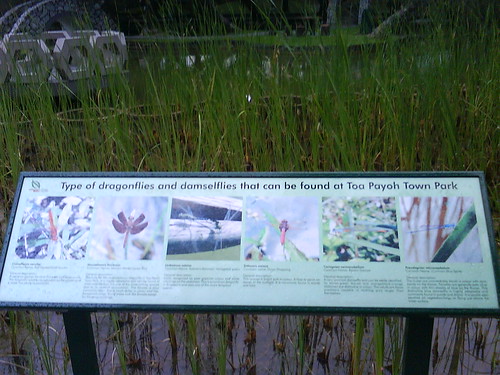
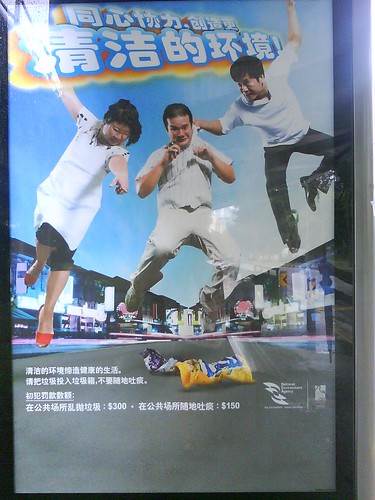

 I can be contacted at
I can be contacted at 





